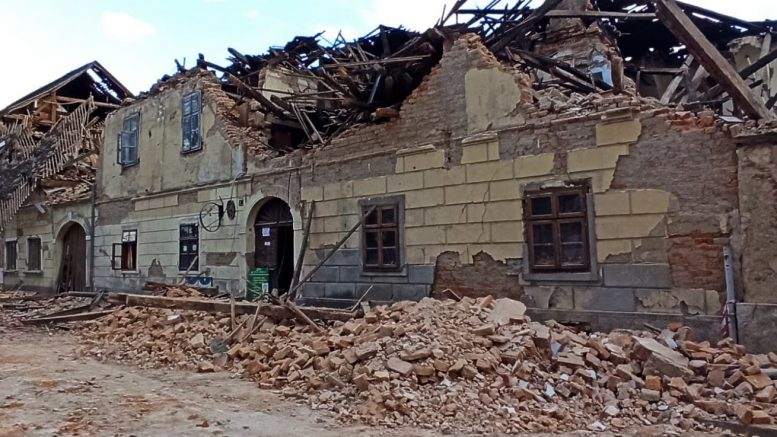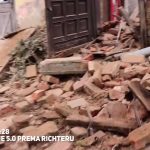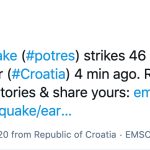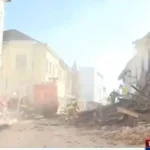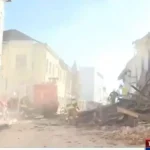We recently wrote about a segment on a Croatian Radiotelevision show from 1998, in which the quality of the work during the reconstruction of family homes after the Homeland War was brought into question. That is not the only instance when that same question has been raised, and many Croatian media outlets have been writing about the problems faced by those homes.
Many of the homes reconstructed after the Homeland War (in the late nineties) were thoroughly destroyed by the earthquake in the Banija region, although in the nineties there were already laws which clearly stated that any new buildings had to be built to withstand earthquakes like the one we saw back in late December. Many experts in the field, mostly architects, warned that the houses which were built up to code in the late nineties absolutely had to be able to sustain such an earthquake and that it’s important to find out why they haven’t managed to do that. Homeowners from the region, as well as many others, want to find out what happened and why those homes were so vulnerable to the earthquake. Many fingers are now pointing towards Ivo Žinić, the current Sisak-Moslavina County Prefect, who used to be the head engineer for the area in the Ministry for the Reconstruction. His answer to numerous accusations, as quoted in a piece by Jutarnji list is that, according to the official data, none of the houses built after the war have been fully destroyed. He admits that some of them have suffered damage, but because they were being built up-to-code, none of them have actually gone down.
Jutarnji list reporters (in this case Vanja Nezirović) have a different story to tell on the field: they meet a person whose house has almost completely collapsed, with the second floor going down to the first-floor level.
It is important, however, to make a clear distinction between the houses which were fully re-built after 1995, and those that were just reconstructed in order to remove the damage from the war. Those houses that were not fully re-built, but where the old foundations were used and built upon, and they were not reinforced to make them more resistant to earthquakes, rather just made inhabitable as soon as possible. It was even written in the rules, that the goal of the reconstruction was to bring the houses back to the same condition as they were in before the war, without improving anything about the houses.
One of the experts who talked to Jutarnji for their piece, Milan Crnogorac, a construction engineer, explains that many of the houses were improved to what they had been like before the war, but that it still wasn’t enough to make them resistant to an earthquake this strong.
Tvrtko Salitrežić from the company that was in charge of the supervision of the construction works in the Banija region hit by the earthquake says that his company had done everything according to the projects and the laws, that they still have the documentation for those projects they oversaw and that nobody has ever asked to see that documentation. The people of Stražnik showed the journalists their own homes, where the bricks just slipped away because there is no reinforced concrete in the structure of those newly-built houses. Engineer Salitrežić answers that this method of construction was following the laws back then and that it was perfectly fine to have a smaller house without any reinforced concrete within the structure. He adds that Strašnik was, unfortunately, where the epicentre was, and that, according to the information from the field he has, none of the houses they were in charge of went down, while only 20 percent of the houses will have to go through serious reconstruction now, after the earthquake.
Hopefully this time some reinforced concrete will be used in Banija.

